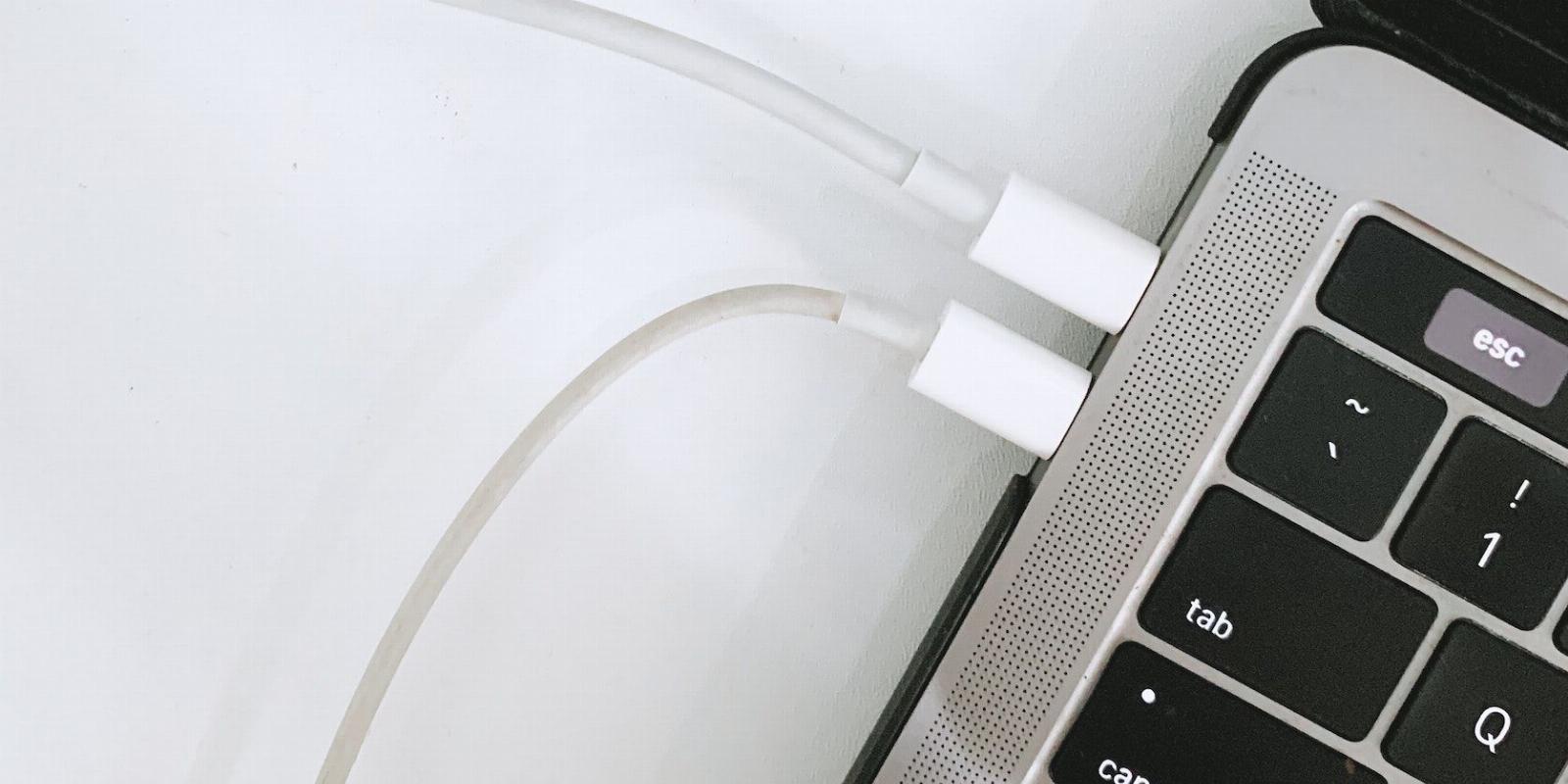
5 Fixes to Try When Your Mac’s USB-C Port Stops Working
Reading Time: 3 minutesDid your Mac’s USB port stop working all of a sudden? Follow these troubleshooting steps to resolve the issue.
On modern computing devices, the USB-C port has become one of the main methods for data and power to flow in and out of your machine. Many machines will only have one or two of these ports. Because of this, a defective USB-C port can severely cripple the usefulness of a computer.
If you suspect a USB-C port on your Mac has stopped working, follow these steps to diagnose and fix the problem.
1. Find the Problem
A defective USB-C port will usually manifest itself in one or two ways. It may not pass power, it may not communicate with your computer, or it may not do either. A port that no longer recognizes when you’ve plugged in a peripheral may have a software issue, and a port that won’t pass power is more likely to be a hardware issue.
A communication problem may result from a faulty USB-C cable, and a laptop that’s not powering via the USB-C port may have a faulty power adapter. If you’ve ruled out these two common problems, then you’re likely dealing with a non-functioning USB-C port. So, follow the troubleshooting steps below to fix the issue.
2. Inspect the USB-C Port
Start with the obvious. Sometimes it’s just a matter of dust or debris getting into your computer. Look closely at the suspected port. Can you see any dust or debris? Is there any discoloration? Any charring on the printed circuit board is a probable sign of a burnt-out port that needs to be replaced professionally. If there is dust, clean the port with a can of compressed air.
USB-C ports are recessed, so it may be tricky to get a clear look at the contacts. Make sure you’re in a well-lit area, and use a magnifying glass if needed. If you have an iPhone, you can use Magnifier to see better into the port. If the port looks fine, you can move on to the next step.
3. Reboot Your Mac
One of the many joys of a Mac is the ability to reset all the internal software parameters with a simple reboot. If a running application has somehow disabled the port, rebooting the machine may reset it.
You can restart your Mac by clicking on the Apple menu and choosing Restart from the dropdown. If the port still malfunctions, move on to the next step.
4. Run Apple Diagnostics
The built-in Apple Diagnostics tool on your Mac can help detect problems with your USB-C port. However, the steps you need to follow to run it varies depending on whether your Mac is powered by Intel or Apple silicon.
If you have an Apple silicon Mac, press the power button on your Mac and continue to hold it as your Mac boots. When you see Startup Options on your screen, release the power button and press Command + D on your keyboard.
If you have an Intel-based Mac, press the Power button and immediately press and hold the D key as your Mac boots up. You can release the D key when you see the progress bar. Some Macs may go online during this process. In that case, release the D key when you’re asked to choose a language.
If Apple Diagnostics finds a problem or returns an error code, write this information down or take a screenshot. This will be helpful information if you decide to take your Mac to Apple for hardware repairs.
5. Reset the SMC and NVRAM
If you have an Intel-based Mac, it has a system management controller (SMC) chip, which, among other duties, manages your peripherals via the computer’s USB ports. You may lose one or all of your ports if the SMC becomes corrupt.
On the other hand, if the problem results from a software issue, resetting the NVRAM may solve the problem. The process for these two resets will differ depending on your Mac’s model. Fortunately, you can read our dedicated guide on resetting the SMC and PRAM/NVRAM to learn the procedure irrespective of the model.
Take Your Mac to Apple
If the above troubleshooting steps didn’t help fix the problem, it’s likely the components for the USB port will need to be replaced, and it’s time to take your Mac to a professional.
So, set an appointment with Apple, and be sure to inform the technician of all the steps you went through on your own, so they have a clear history of what has been done so far.
Reference: https://www.makeuseof.com/mac-usb-port-not-working-fixes/
Ref: makeuseof
MediaDownloader.net -> Free Online Video Downloader, Download Any Video From YouTube, VK, Vimeo, Twitter, Twitch, Tumblr, Tiktok, Telegram, TED, Streamable, Soundcloud, Snapchat, Share, Rumble, Reddit, PuhuTV, Pinterest, Periscope, Ok.ru, MxTakatak, Mixcloud, Mashable, LinkedIn, Likee, Kwai, Izlesene, Instagram, Imgur, IMDB, Ifunny, Gaana, Flickr, Febspot, Facebook, ESPN, Douyin, Dailymotion, Buzzfeed, BluTV, Blogger, Bitchute, Bilibili, Bandcamp, Akıllı, 9GAG